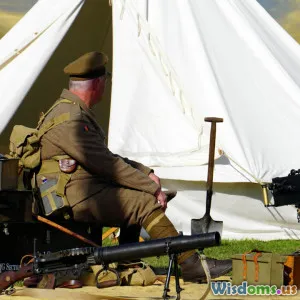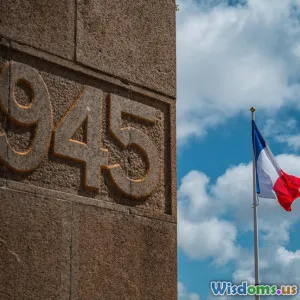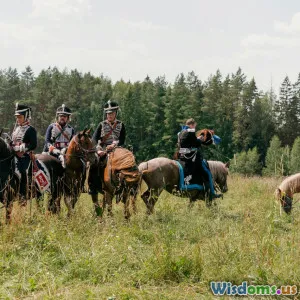
The Myths vs. Facts of Secret Societies
5 min read Explore the truth behind secret societies, debunking myths and unveiling facts that illuminate their roles in history and modern society. (0 Reviews)
The Myths vs. Facts of Secret Societies
Throughout history, secret societies have fascinated and perplexed society. From the Illuminati to the Freemasons, these organizations are often shrouded in mystery, leading to a plethora of myths and misconceptions. This article aims to sift through the noise and present the facts surrounding these enigmatic groups, offering a clearer understanding of their roles and influence.
Understanding Secret Societies
Secret societies are typically defined as organizations whose activities, events, or membership are concealed from non-members. These groups often have distinct rituals, symbols, and codes of conduct that foster a sense of belonging among their members. While some societies focus on philanthropy and community service, others engage in political or religious missions.
Myth 1: Secret Societies Control the World
Fact: Influence vs. Control
One of the most pervasive myths is that secret societies, such as the Illuminati, wield significant control over global affairs. While it’s true that some members of these organizations may hold influential positions in politics and business, the notion that a select group conspires to manipulate world events is largely exaggerated. In reality, power dynamics are complex and influenced by numerous factors beyond the reach of any single organization.
Myth 2: Membership is Only for the Elite
Fact: Diverse Membership
Another common belief is that only wealthy or powerful individuals can join secret societies. While some organizations may have elitist tendencies, many, like Rotary International or the Boy Scouts, welcome individuals from various backgrounds. Membership often depends more on shared values and goals rather than socioeconomic status. Moreover, some societies actively seek to promote inclusivity and diversity.
Myth 3: All Secret Societies are Male-Dominated
Fact: Women in Secret Societies
Historically, many secret societies have been male-dominated; however, numerous women’s secret societies exist. Examples include the Order of the Eastern Star and the International Order of the Rainbow for Girls. Additionally, many modern organizations are increasingly welcoming women into their ranks, reflecting broader societal changes toward gender equality.
Myth 4: Secret Societies are Criminal Organizations
Fact: Varying Purposes
While some secret societies have been implicated in criminal activities, such as the Mafia, most are lawful and focus on charitable or fraternal purposes. For instance, the Freemasons are known for their philanthropic efforts, supporting various charitable causes worldwide. Understanding the specific goals and activities of each organization is crucial before making blanket statements about their legitimacy.
Myth 5: Their Rituals are Always Sinister
Fact: Symbolism and Tradition
Many myths surrounding secret societies stem from misunderstandings of their rituals. While some may appear strange or sinister to outsiders, these practices often hold deep symbolic meaning and serve to solidify bonds among members. For example, Masonic rituals emphasize moral lessons and personal development rather than malevolent intentions.
The Role of Secret Societies in Society
Despite the myths, secret societies have played significant roles throughout history. Their contributions range from advancing social causes to influencing political movements. For instance, the Freemasons were instrumental in the founding of the United States, promoting ideals of liberty, equality, and fraternity.
In contemporary society, secret societies continue to adapt, often focusing on networking and community service. Organizations like the Skull and Bones at Yale University foster connections among influential individuals, while others are dedicated to social justice initiatives.
Conclusion
Secret societies remain a topic of intrigue, surrounded by myths that often overshadow their true nature. By distinguishing between fact and fiction, we can better appreciate their historical significance and contemporary relevance. Understanding these organizations requires a nuanced perspective that recognizes their diversity, purpose, and impact on society. As we navigate the complexities of these groups, we encourage curiosity and critical thinking to uncover the realities behind the myths.
Rate the Post
User Reviews
Popular Posts





















